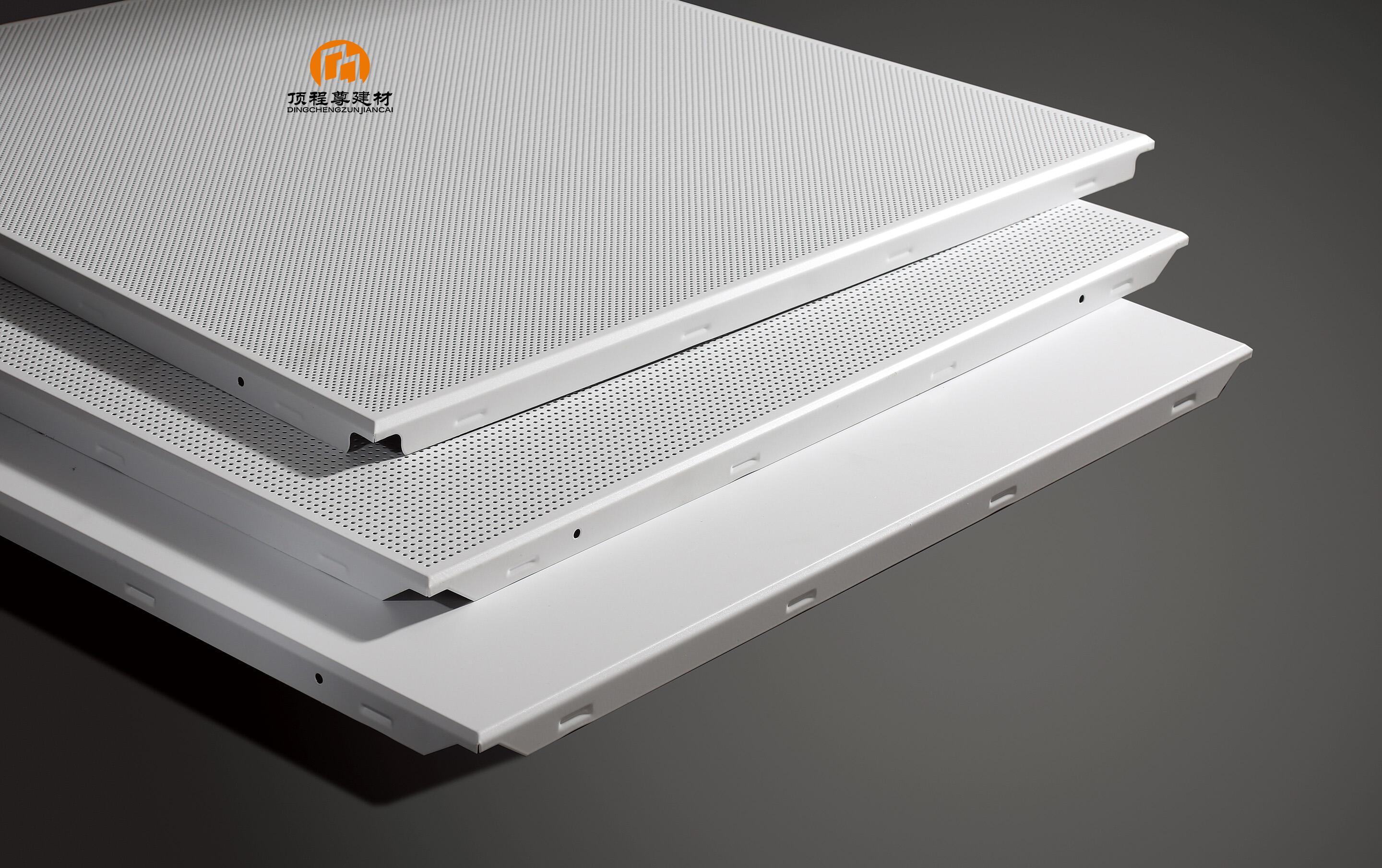aluminium honeycomb panel price
Aluminium honeycomb panel pricing represents a crucial consideration in modern construction and design projects. These innovative panels, constructed with a hexagonal core structure sandwiched between aluminum face sheets, offer an exceptional balance of strength and lightweight properties. The price of aluminum honeycomb panels typically ranges from $50 to $200 per square meter, varying based on factors such as thickness, core cell size, and surface treatment. The panels' manufacturing process involves precision engineering, utilizing advanced bonding techniques and quality aluminum alloys to ensure superior performance. These panels find extensive applications in aerospace, architecture, marine, and transportation industries, where their high strength-to-weight ratio proves invaluable. The pricing structure reflects the sophisticated manufacturing process, material quality, and specific application requirements. Factors influencing the cost include panel dimensions, core thickness, face sheet gauge, surface finish options, and order quantity. Despite the initial investment, these panels offer long-term cost benefits through reduced maintenance requirements, extended service life, and improved energy efficiency in buildings.


